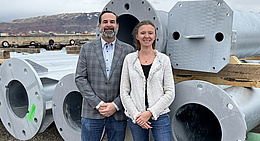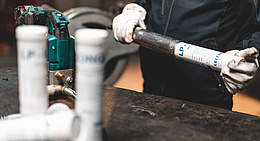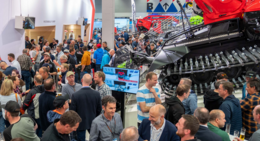Those familiar with the OITAF statutes will have noticed that this year’s international congress of the global association in which all individuals, institutions, authorities, manufacturers and operators with an interest in ropeways are organized did not take place after the usual six years following the 2017 OITAF Congress in Bozen/Bolzano. The longer-than-usual interval was a result of the Covid pandemic. That makes outgoing OITAF President Jörg Schröttner, head of the Austrian ropeway authority in the Federal Ministry for Climate Action, Environment, Energy, Mobility, Innovation and Technology, the only President in the long history of OITAF to have been in office for more than six years – a privilege he would doubtless have been happy to forgo.
The first item in the program for participants at the 2024 OITAF Congress was an interesting sightseeing tour of Vancouver on June 17, i.e. the day before the first working sessions. June 18 began with an official welcome by the outgoing OITAF President for the approximately 190 attendees from all over the world. This was followed by the presentations, which were organized under the central motto Ropeways – Smart Transport Solutions in the following four subject groups:
- Development of ropeways in the urban and tourist sector,
- Operation of ropeways,
- Ropeway technology – new developments,
- Dimensions of sustainability.
OITAF’s new leadership
At the end of the second day of the Congress (June 19), the newly elected OITAF President Aureli Bisbe Lluch, former general manager of the famous Spanish ski resort Baqueira Beret, and the new OITAF Secretary General Nicola Barbolini from the Regional Office for Ropeways of the Autonomous Province of Bozen/Bolzano were presented to the congress participants during the gala dinner. They succeed Jörg Schröttner as President and Markus Pitscheider as Secretary General.
In 1984 Aureli Bisbe Lluch was appointed general manager of Baqueira Beret, the largest Spanish ski resort, and held that position for no less than thirty years. Spain’s former King Juan Carlos and reigning King Felipe VI, for example, have been keen visitors to this glamorous winter resort. Baqueira Beret is situated in the Aran Valley (Val d’Aran) in the Catalonian province of Lleida. The ski area is located at an altitude of between 1,500 and 2,510 meters above sea level and offers excellent snow conditions throughout the winter season thanks to its western exposure (Atlantic Ocean).
Prior to his management role at Baqueira Beret, Barcelona-born Aureli Bisbe Lluch worked in La Molina, Espot, Vallter and Cerler. A trained industrial engineer and elite skier in his youth, he was President of the Tourism Association of Ski and Mountain Resorts in Spain (ATUDEM) and is currently President of the Catalan Association of Ski Resorts and Mountain Activities (ACEM). He is the first Spaniard to become President of OITAF. In his address, he emphasized the enormous potential for growth in the field of ropeways, particularly as an environmentally friendly, sustainable means of transport in mountain and urban applications.
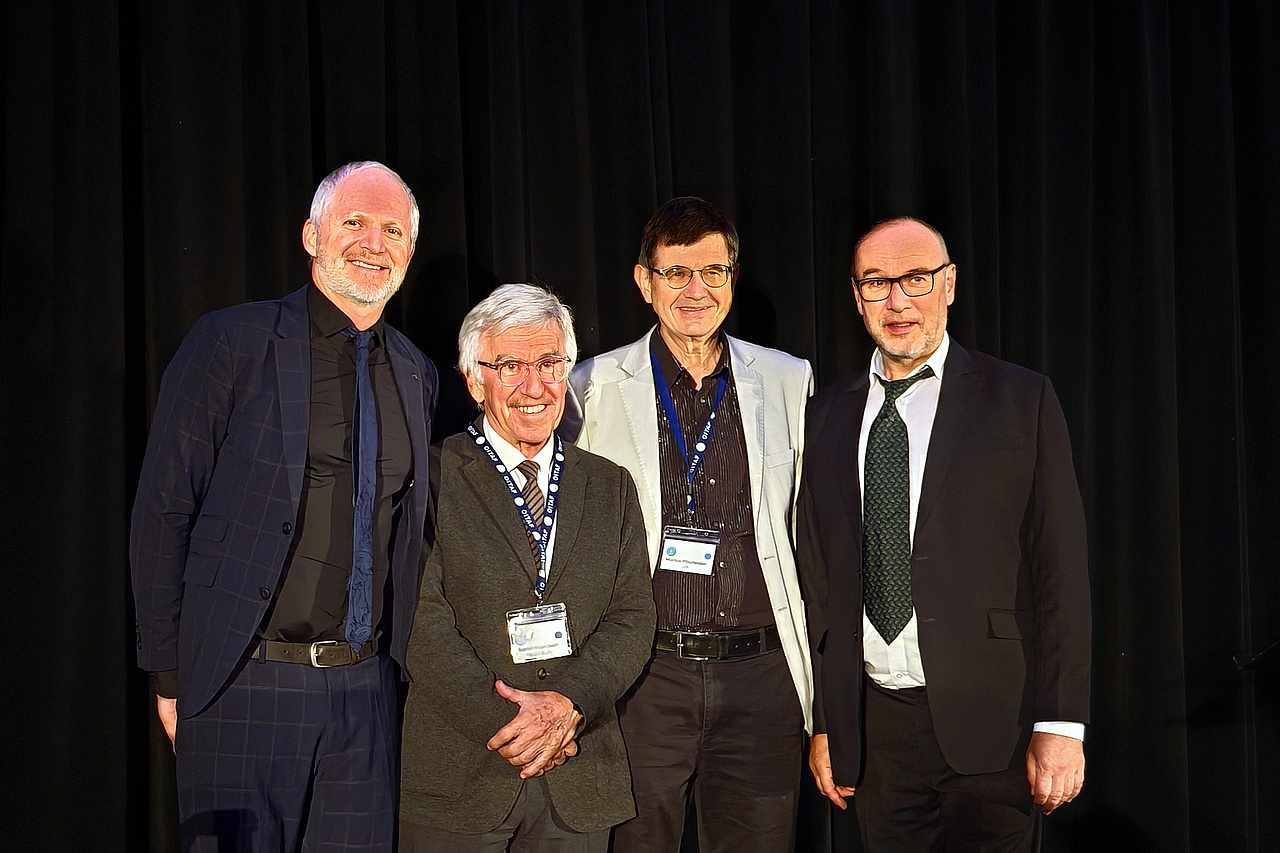
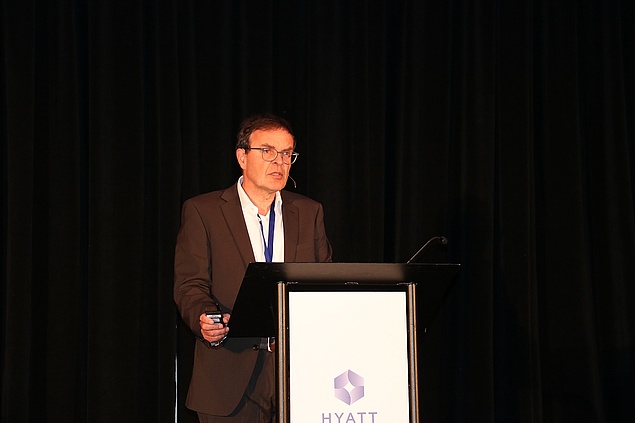

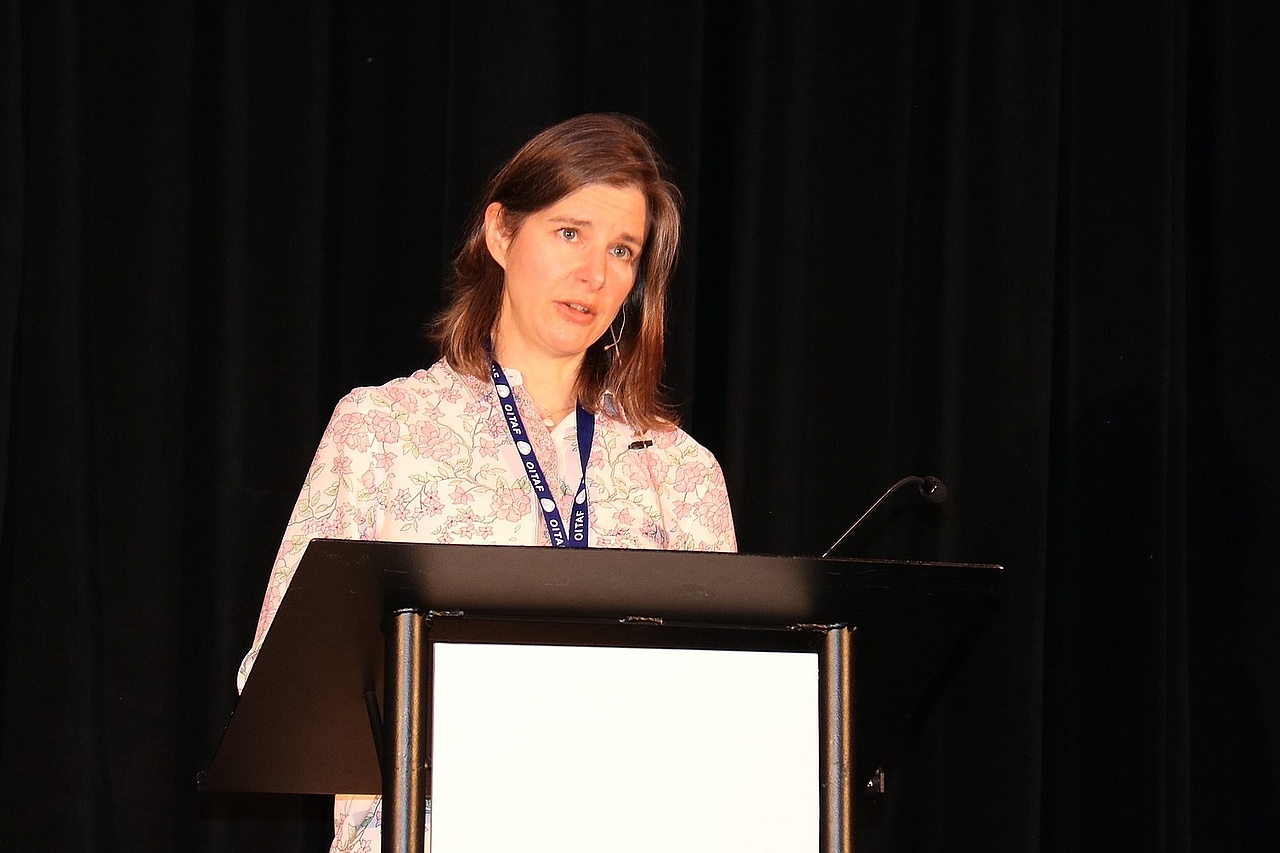
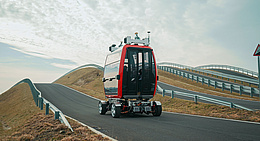
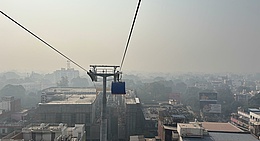
![[Translate to English:] (c) Doppelmayr](/fileadmin/_processed_/b/3/csm_85-ATW_Stechelberg-Muerren_Lauterbrunnen_CHE_001_6442c0520d.jpg)


